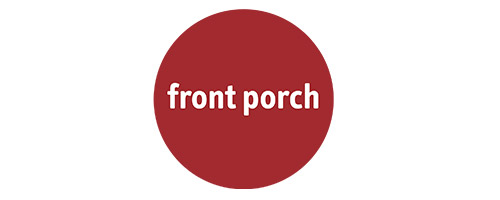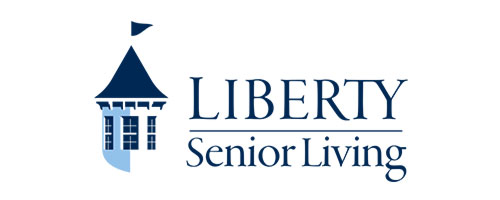The Tao of Lifestyle Growth
Tao or dao is a Chinese word signifying the way, path, route or road. Masterpiece Living will be offering a four-part blog series on “The Tao of Lifestyle Growth,” discussing coaching and its role in senior living. The topics will include kaizen, artful listening, communication and engagement.
PART ONE
Kaizen: Small Steps
“It’s more about the direction than the distance.”
—Roger Landry, MD, MPH, Live Long, Die Short
You are an ICAA follower, so I know you’re motivated to help people age in a better way. You know lifestyle is the key to this goal and that a holistic approach will result in healthy longevity and the compression of morbidity. But…
The “but” is where the rubber meets our road. Our challenge as individuals, organizations and societies is to help people move their lifestyle choices from unexamined habits to enlightened convictions. But when that road is littered with the carnage of good intentions, failure and loss of hope, how can we achieve our mission? How can we warm the soil of healthy lifestyle change with tales of consistent success?
This is the first installment of “The Tao Of Lifestyle Growth,” a four-part blog series that will address durable lifestyle change. This isn’t a pep talk about ideas or anecdotes. This is about a process, which begins by realizing we are working with humans and not robots or action heroes. Our species is the product of hundreds of thousands of years of hunter-gatherer experience but new to the fast-moving and highly technical world we currently inhabit.
We humans do not excel at big change. Even though we live in a world that values radical, large and brag-worthy change, it is a relatively rare phenomenon to achieve it. Even Olympic athletes get to the medal stand in small, consistent steps. In his remarkable book, One Small Step Can Change Your Life, Dr. Robert Mauer clearly explains why. Big change, whether imposed on us (disease, natural disasters) or self-imposed (lifestyle change) sets off ancient reactions involving the fear center of the brain, the amygdala, which in turn puts us into survival mode rather than improvement mode. This is the way we are, and most us cannot “no pain, no gain” our way to durable change.
But don’t throw away your Rocky music—or this blog. Because Dr. Maurer can direct you on a pathway to the medals, to bragable outcomes. He searched high and low for those who achieve lifestyle change that sticks and whose approach to change is possible for all: a self-sustaining approach that leads to durable change.

He found it in Japan. Ironically, American W. Edwards Deming taught Japanese industry how to recover from World War II. From that approach to organizational change came kaizen, a gentle and effective path to healthy lifestyle change. The core of this philosophy of successful change is small steps, steps small enough to fly under the radar of our amygdala because they are nonthreatening and achievable. These steps by American standards are ridiculously small, but as Shakespeare wrote, “Though she be but little, she is fierce.”
For example, let’s say you want to lose thirty pounds. Ask yourself, what’s the smallest thing I can do toward that goal. First goal, stand for telephone calls and TV ads. Doing that? OK, start walking in place while standing. Doing that? Now start walking one-quarter mile a day. Doing that? Increase your steps 10% a week. It may take you a year, but you WILL lose weight. And your lifestyle will change in a way that will stick and lead you to healthier habits—and your amygdala will never know.
And you will not fail because if you don’t meet a small step goal, it was too big so just ratchet back. Being patient will bolster your confidence in your ability to change, and your competence at lifestyle change. Both will serve you well as a life skill. (See accompanying video for more info on kaizen.
Kaizen is the first principle. How do you assist others to use kaizen to make durable, healthy changes? How do you ensure that residents and team members are feeling supported? In the next blog post in this series, Danielle Palli, a positive psychology, health and wellness coach, will lead us through the first step in effective coaching: artful listening.
Palli says, "We need to understand a person's individual aspirations. By asking powerful questions, and through artful listening, we can guide them through a journey of lifestyle growth for healthy longevity.”
Author: Dr. Roger Landry, MD, MPH, President, Masterpiece and author of Live Long, Die Short: A Guide to Authentic Health and Successful Aging
Masterpiece is dedicated to providing a pathway for inspiring and cultivating individual growth, resilience, and purposeful longevity at every stage of life. Through data-focused measurements and research-backed content, our team of dedicated health and longevity experts offer communities the content and programming to provide their residents with a unique approach to holistic health and well-being for sustained vitality. Learn more.
Note: This information is not intended to replace a one-on-one relationship with a qualified healthcare professional and is not intended as medical advice. It is intended as a sharing of knowledge and information from research. The view expressed here are not necessarily those of the ICAA, we encourage you to make your own health and business decisions based upon your research and in partnership with a qualified professional.
Share































